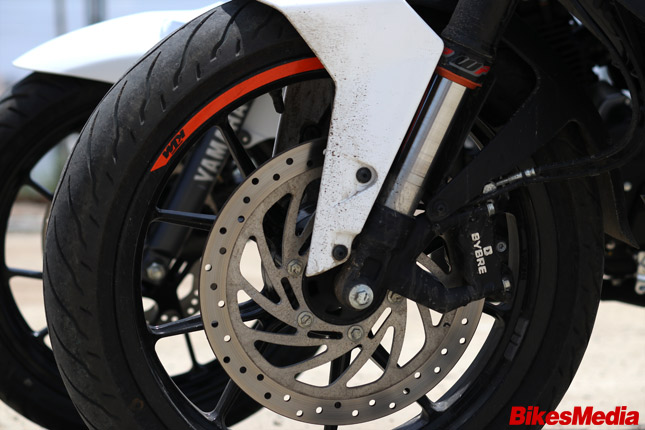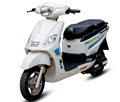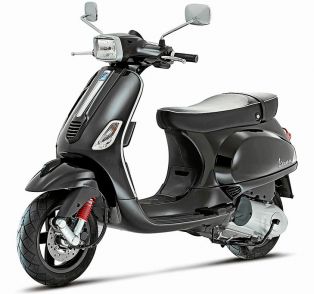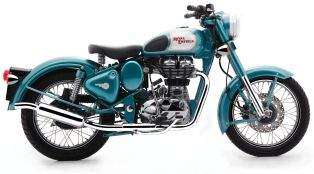 Going fast is important but coming to a stop faster is more important, nothing bad would happen if you fail to drag the needle of your tachometer to the redline but surely something much worse waits for you at the end if you fail to come to a stop when one of the billion people in our country appear suddenly in front of you.
Going fast is important but coming to a stop faster is more important, nothing bad would happen if you fail to drag the needle of your tachometer to the redline but surely something much worse waits for you at the end if you fail to come to a stop when one of the billion people in our country appear suddenly in front of you. Now, that you have a sense of how deep this topic and the importance of your brakes is; we will take a look at one of the key component of Braking system and the occurrence of events in its absence. So let’s dive in to find out different types of brakes fluid and their importance in keeping us safe.
What are brake fluids?
“Fluids” indicates something plural, although fluid predominantly means a matter which is liquid in state and has no definite dimensions it also is of more than 1 type hence plural. Brake fluid is a type of non-compressible fluid which transfers the force from the brake lever all the way to the brake pads. The reason the fluid is non-compressible is to increase the magnitude of the force applied via the lever and simultaneously increase the pressure on the pistons which make the brake pads rub against the disc, thus bringing the bike to a complete stop.
RELATED ARTICLE: How Motorcycle Disc Brakes Work
Most of the brake fluids which we use today are made by fulfilling certain requirements of the US Department of transportation also known as DOT. This is what classifies different kinds of brake fluids. According to the parameters set by the DOT brake fluids are labelled as DOT 2 or DOT 3 etc.
Different types of brake fluids:
For classifying a brake fluid into a particular class, different parameters of the fluid like its boiling point, nature of the fluid either hydrophilic or hydrophobic, viscosity, chemical structures and many others are considered. Main types of brake fluids include-
• DOT 3
• DOT 4
• DOT 5
• DOT 5.1
Before we begin let’s familiarize us with two terms namely “Dry boiling point” and “Wet boiling point”. Dry boiling point is the boiling temperature of the recently opened, new brake fluid in the bottle whose seal cap has just been removed and the fluid inside hasn’t had much exposure to moisture. The wet boiling point refers to the boiling temperature of the same fluid after it has absorbed 3.7% of water by volume. The wet boiling point is maintained according to the DOT.
DOT 3- It is a polyethene glycol fluid which is hydrophilic in nature this means as soon as the seal cap of the bottle is opened it will start attracting moisture and water vapour present in the atmosphere. The accumulation of water content in the brake fluid causes the fluid to jump down to a lower boiling point this can decrease performance in a motorcycle as at higher speed both the pressure and the feedback from the brake will be reduced drastically, as the fluid in a closed system with low boiling point will vaporize causing air build up in the lines. It’s an all mineral based brake fluid which is fairly cheap to manufacture, this fluid has a dry boiling point of 205 degree Celsius and a wet boiling point of 140 degree Celsius.
DOT 4- It is very similar to DOT 3 in nature and in many motorbikes has effectively replaced the old DOT 3 fluid easily. The main advantage of DOT 4 is that it’s not simple mineral based fluid instead it’s a synthetic blend fluid which offers a higher boiling point than DOT 3 and above average protection against corrosion. The Dry and wet boiling weight is 230 and 155 degree Celsius respectively.
DOT 5- This is the only DOT fluid which is silicon-based, unlike other brake fluids this is hydrophobic which is definitely an advantage and silicon also has a constant viscosity despite temperature fluctuations meaning it will work the same at all temperatures. But even the hydrophobic nature of the fluid isn’t enough to prevent the moisture from entering as it brings down the boiling temperature from 260 degree Celsius dry to 180 degree Celsius wet. The disadvantage of this system is that it can’t be used with ABS because rapid agitation, the likes of which happens during the cycle of an ABS system causes an excessive formation of foams which is very much successful in making your Anti-lock worthless.
DOT 5.1- A non-silicon based version of DOT 5, DOT 5.1 is less than 70% silicon and is similar in chemical nature as its cousins the DOT 3 and 4. This brake fluid combines the best of both silicon and polyethylene glycol based brake fluids as the high boiling temperature gives it quite a big temperature range to operate in just like DOT 5 and the water absorbing nature of DOT 3 and 4 enables it to suck any residual water in the pipeline, which if not dealt with may vaporize or freeze causing decreased performance in both the scenarios. Dry boiling point of DOT 5.1 is 260 degree Celsius and the wet boiling point comes in at 180 degree Celsius, same as DOT 5.
Final thoughts-DOT 4- It is very similar to DOT 3 in nature and in many motorbikes has effectively replaced the old DOT 3 fluid easily. The main advantage of DOT 4 is that it’s not simple mineral based fluid instead it’s a synthetic blend fluid which offers a higher boiling point than DOT 3 and above average protection against corrosion. The Dry and wet boiling weight is 230 and 155 degree Celsius respectively.
DOT 5- This is the only DOT fluid which is silicon-based, unlike other brake fluids this is hydrophobic which is definitely an advantage and silicon also has a constant viscosity despite temperature fluctuations meaning it will work the same at all temperatures. But even the hydrophobic nature of the fluid isn’t enough to prevent the moisture from entering as it brings down the boiling temperature from 260 degree Celsius dry to 180 degree Celsius wet. The disadvantage of this system is that it can’t be used with ABS because rapid agitation, the likes of which happens during the cycle of an ABS system causes an excessive formation of foams which is very much successful in making your Anti-lock worthless.
DOT 5.1- A non-silicon based version of DOT 5, DOT 5.1 is less than 70% silicon and is similar in chemical nature as its cousins the DOT 3 and 4. This brake fluid combines the best of both silicon and polyethylene glycol based brake fluids as the high boiling temperature gives it quite a big temperature range to operate in just like DOT 5 and the water absorbing nature of DOT 3 and 4 enables it to suck any residual water in the pipeline, which if not dealt with may vaporize or freeze causing decreased performance in both the scenarios. Dry boiling point of DOT 5.1 is 260 degree Celsius and the wet boiling point comes in at 180 degree Celsius, same as DOT 5.
The continuous succession of brake fluid from DOT 3 to DOT 5.1 is a direct increase in dry and wet boiling temperature. DOT 3 and DOT 4 are directly replicable, as in a DOT 3 recommended cylinder you can fill DOT 4 brake fluid but not the other way around because of low boiling temperature in DOT 3. DOT 5.1 is a high-performance brake fluid but switching from DOT 4 to DOT 5.1 won’t make a huge difference if your brake lever is feeling squishy in the first place.
Brake fluid can only do so much if you have worn out brake pads and bubble filled brake lines. Switching to Silicon-based brake fluid requires Bleeding the brakes before you pour the fluid. Changing the fluid is a cheap alternative to changing brake lines and steel discs so while working on your brake systems it only makes sense if you try changing the fluid first before stepping up to change other things. Do let us know in the comments, how you prefer to service different components in your bike. For everything related to Motorcycles, stay tuned to BikesMedia.
By: Yetnesh Dubey











